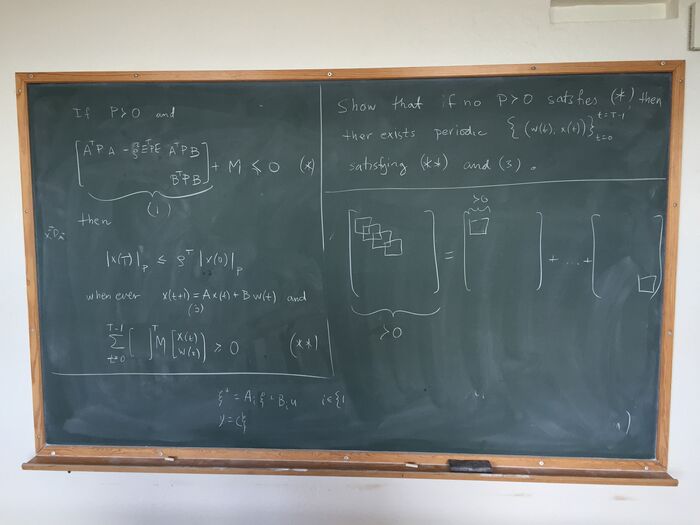In Search of the Perfect Algorithm

In Search of the Perfect Algorithm
The recent explosion in the size and complexity of datasets, and the increase in the availability of computational resources have resulted in what is sometimes referred to as the big data era. Handling such large amounts of data is difficult and requires considerable effort. Pontus Giselsson, at the Department of Automatic Control, is one of the researchers specialized in large-scale mathematical optimization, which can be used not only to extract information from these large data sets, but also to create predictors for new data.
“Large-scale mathematical optimization is a theoretical field of research, and many people don’t really understand what I do”, says Pontus Giselsson and continues: “Simply put, you can say that many applications require optimization algorithms. I’m looking for the most efficient algorithms to solve specific problems.”. Similar solutions are generally suitable for a wide variety of applications, ranging from signal processing to image reconstruction, bioinformatics, portfolio optimization, automatic control, and machine learning.
Machine learning is currently one of the most popular applications. Machines can be trained to predict information by comparing new data with old data. An easily understandable and practical example is the automatic differentiation between spam and “proper” e-mails. By exposing a machine to a large number of e-mails and telling it whether they are spam or not, the machine can learn to recognize what is spam and what is not. When a new e-mail arrives, the machine can then quickly and efficiently sort it into the right category, so that less spam ends up in your inbox.
Optimization provides the foundation for machine learning
Although Pontus Giselsson’s research is quite far from applied machine learning, mathematical optimization forms the basis for much of the development within this field, by providing the theory and methods necessary for it. The same applies to many other research fields, and Pontus Giselsson has collaborations in various application domains. “My collaborators and I share our knowledge. They provide me with detailed knowledge within their specific subject, and I provide them with a mathematical tool to help them analyze their data and extract the information they need.
”The crux of the matter lies in solving the mathematical problem of finding the fastest or most efficient way to get from point A to point B. Many iterations are required to obtain a sufficiently good solution. This is time-consuming and challenging, and the level of abstraction is high. “Luckily, I like abstract and laborious problems!”, concludes Pontus Giselsson.
Facts:
Artificial Intelligence, Machine Learning, Data Mining, and Deep Learning
Artificial Intelligence (AI)
A system’s ability to correctly interpret external data, to learn from such data, and to use those learnings to achieve specific goals and tasks through flexible adaptation, i.e. the theory and development of computer systems able to perform tasks normally requiring human intelligence, such as visual perception, speech recognition, decision-making, and translation between languages.
Machine learning
The scientific study of algorithms and statistical models that computer systems use to effectively perform a specific task without using explicit instructions, relying on patterns and inference instead. It focuses on prediction, based on known properties learned from training data. Machine learning is a subset of artificial intelligence.
Deep learning
Deep Learning is a subfield of machine learning, and is concerned with algorithms inspired by the structure and function of the brain, called artificial neural networks.
Data mining
While machine learning focuses on prediction based on known properties learned from training data, data mining focuses on the discovery of previously unknown properties in the data.
